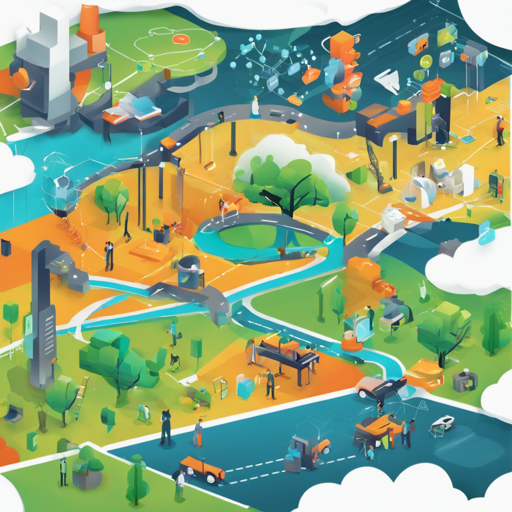In today’s fast-paced tech environment, application developers constantly seek ways to expedite their development processes while maintaining high-quality standards. The Java ecosystem has embraced this need through various tools, frameworks, and methodologies that facilitate rapid application development (RAD). This blog will guide you through the essentials of quick application creation in Java and how to effectively leverage these technologies.
Understanding Rapid Application Development (RAD)
Rapid Application Development (RAD) is a type of software development methodology that emphasizes quick development and iteration. Unlike traditional approaches, which can be linear and time-consuming, RAD focuses on user feedback and rapid prototyping. In Java, this philosophy is supported by various frameworks and libraries designed to remove barriers to development.
Key Components of Java’s RAD Ecosystem
- Frameworks: Java frameworks like Spring Boot, Grails, and JHipster offer a structured way to build applications quickly. They often come with features like auto-configuration and scaffolding, which accelerates the setup process.
- Development Tools: Integrated Development Environments (IDEs) like IntelliJ IDEA and Eclipse provide robust features for building, testing, and deploying Java applications, simplifying the coding process for developers.
- Microservices Architecture: By breaking applications into smaller, manageable services, Java developers can build and deploy applications faster. This architecture allows teams to work on different components simultaneously without affecting the entire system.
Analogy: Building a House Quickly
Imagine you are tasked with constructing a house from scratch. Traditional methods might involve detailed planning, hiring general contractors, and waiting weeks for the foundation to set. In contrast, using a rapid application development approach, you could liken this to utilizing prefabricated materials, modular components, and a crew skilled in swift assembly. Each module (or in our case, component) can be constructed and fitted together quickly, letting you see the progress unfold without waiting endlessly for each piece to be painstakingly crafted. In Java, frameworks and tools provide similar modularity, allowing you to build an application piece by piece rapidly.
Getting Started with Java RAD
If you’re ready to dive into rapid application development in Java, here are the steps you should consider:
- Choose the Right Framework: Depending on your application needs, select a framework that aligns with RAD practices, like Spring Boot for backend services or Grails for web applications.
- Set Up Your Development Environment: Install a modern IDE to write and manage your code efficiently.
- Utilize Code Generation: Take advantage of the scaffolding features provided by your selected framework to generate the foundational structures of your application.
- Incorporate User Feedback: Implement feedback loops early in the development process to allow users to interact with prototypes and suggest improvements.
- Adopt Continuous Integration: Use CI/CD pipelines to automate the testing and deployment of your application updates for seamless integration.
Troubleshooting Common Issues
Even with the best frameworks and tools, developers may run into challenges. Here are some common issues and their solutions:
- Dependency Conflicts: Ensure that all dependencies are compatible by checking the versions you’re using. Use Maven or Gradle to resolve conflicts efficiently.
- Performance Bottlenecks: Monitor application performance using profiling tools, and optimize database queries or middleware interactions as needed.
- Deployment Failures: If your application fails to deploy, check your CI/CD pipeline for errors. Logging tools will help pinpoint issues quickly.
For more insights, updates, or to collaborate on AI development projects, stay connected with fxis.ai.
Conclusion
With an effective RAD ecosystem, Java provides developers with the tools they need to create applications quickly and efficiently. By understanding frameworks, utilizing the right tools, and implementing user feedback loops, developers can significantly speed up their application development process without losing focus on quality.
At fxis.ai, we believe that such advancements are crucial for the future of AI, as they enable more comprehensive and effective solutions. Our team is continually exploring new methodologies to push the envelope in artificial intelligence, ensuring that our clients benefit from the latest technological innovations.

